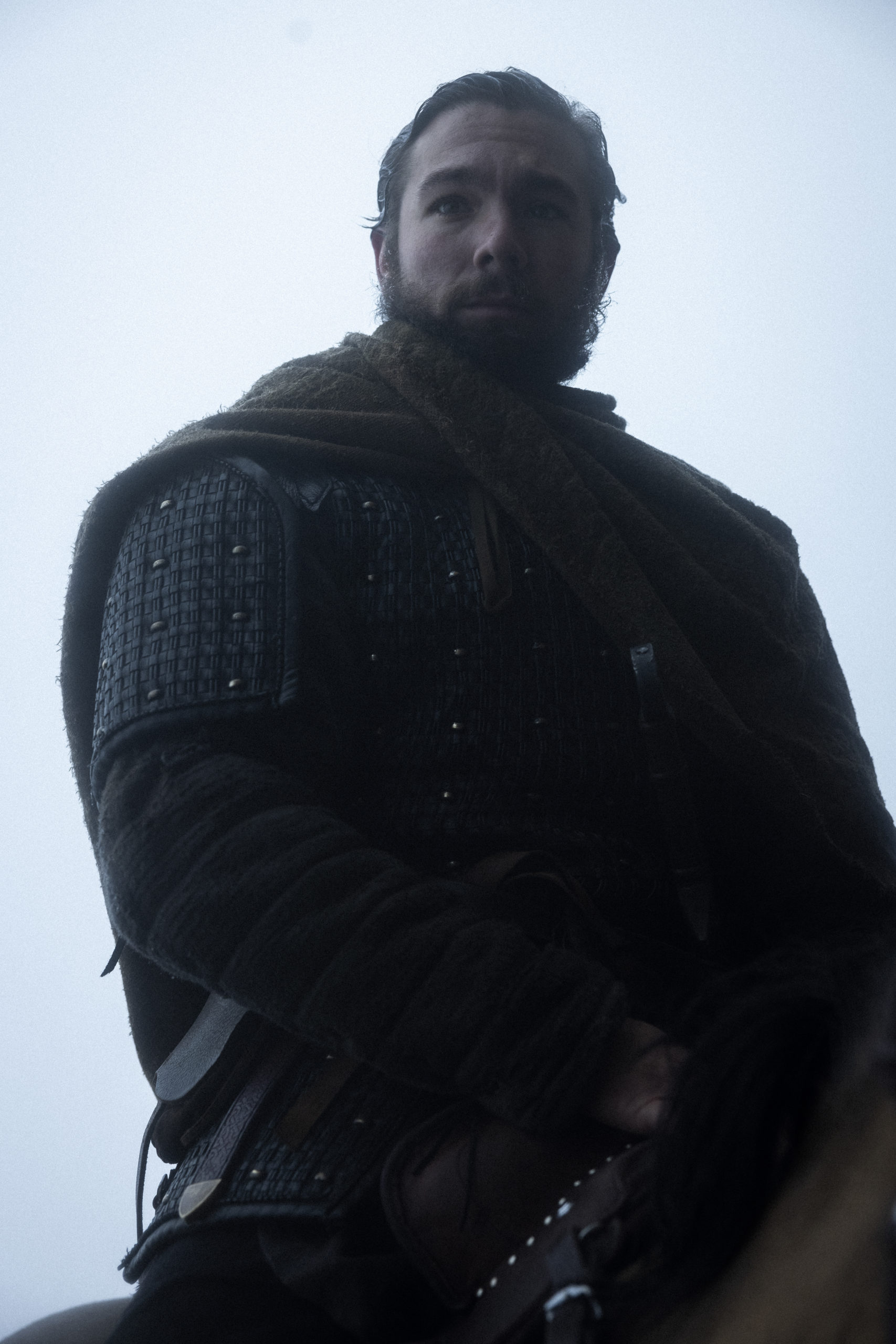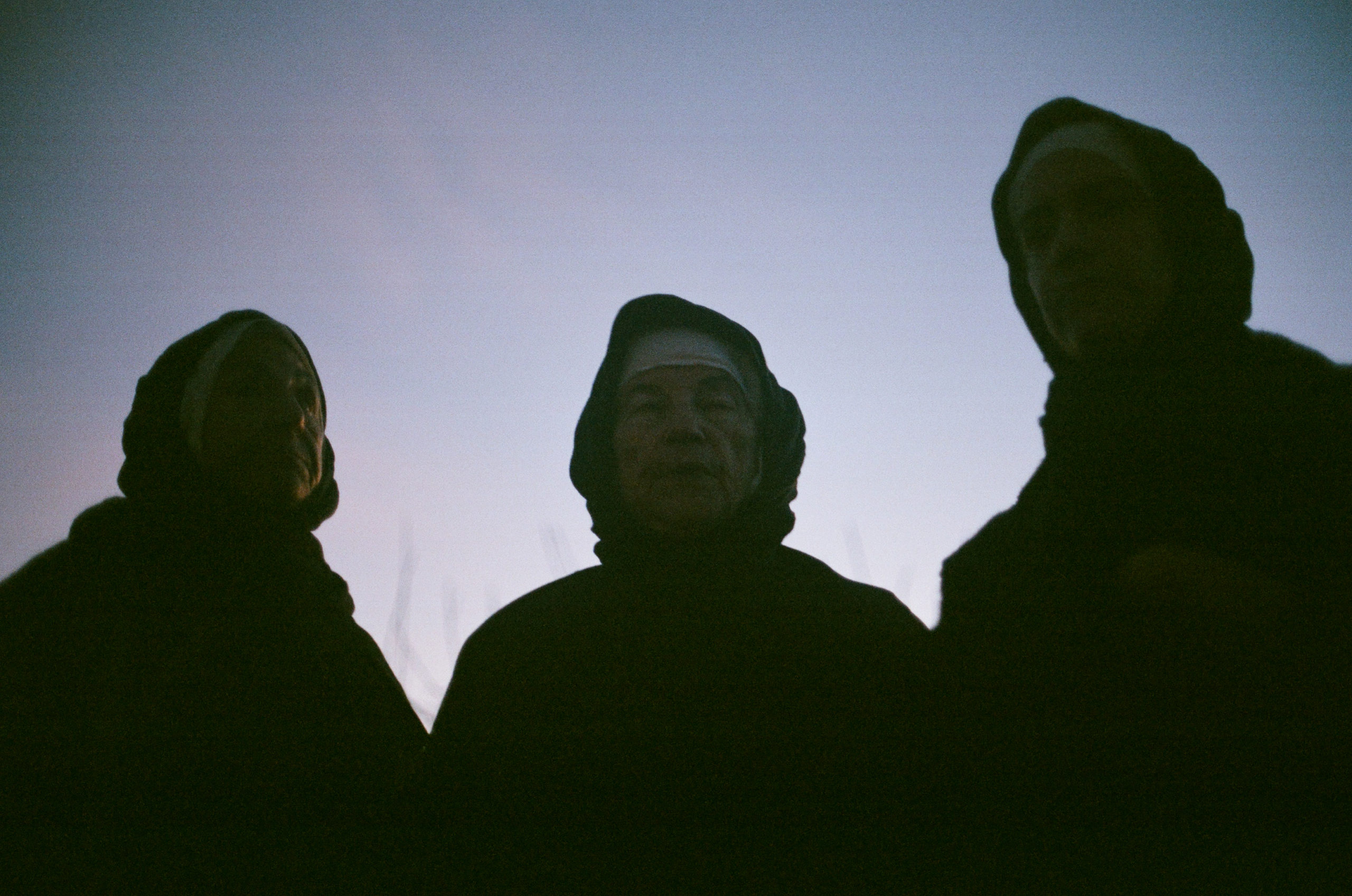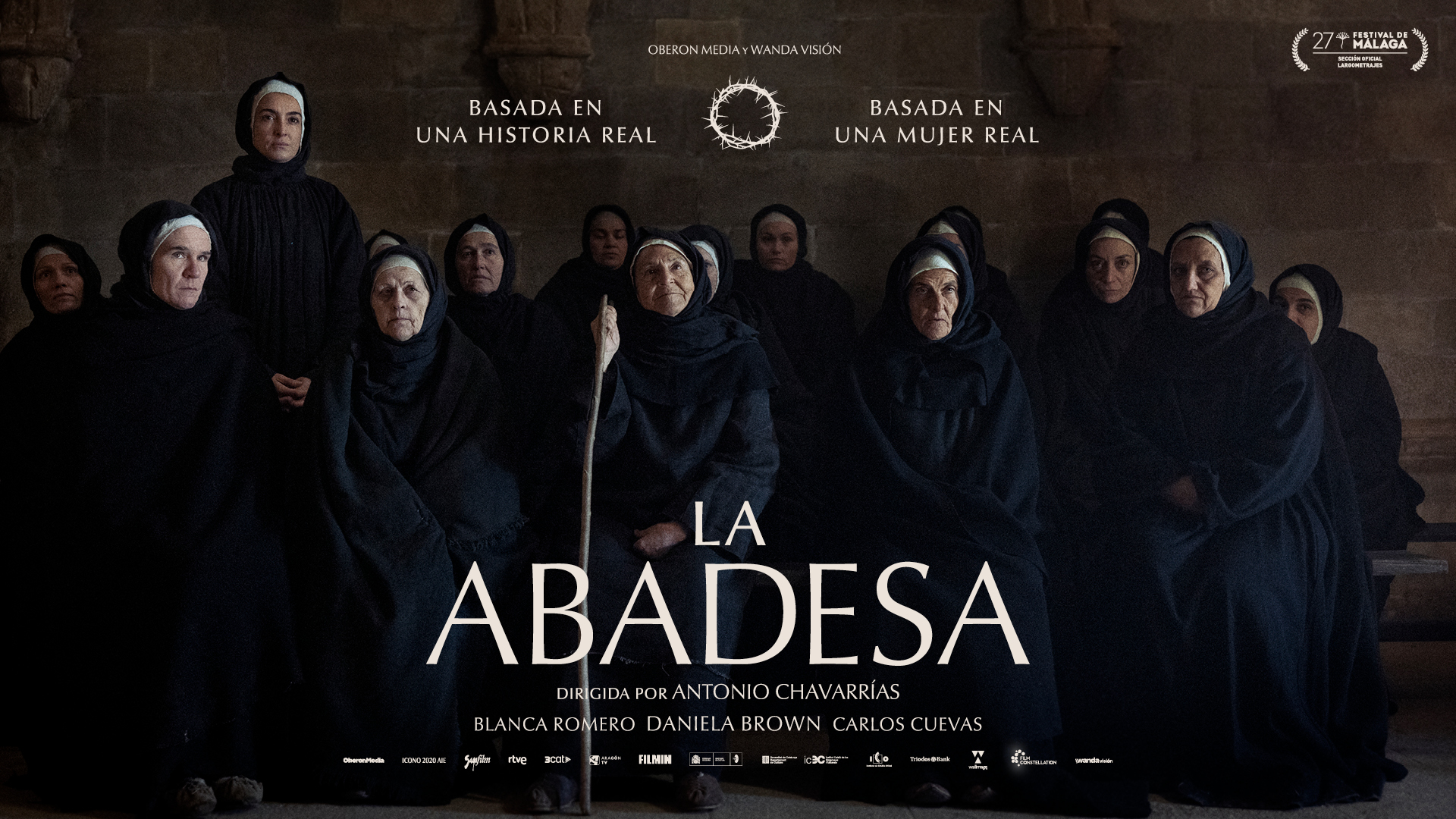Pau Aulí, part of the production’s costume team, tells us about the behind-the-scenes process of his film costume work. The designer answered the following questions:
1- How did you and Catherine approach the creative process of designing the costumes for The Abbess in the film? Was there any specific inspiration for your design?
For me the most difficult thing was the historical research and understanding how society functioned in the 9th century. The fabrics they had, the pigments they used, the materials, and the techniques of making and constructing textiles. With Katherine we tried to give all this information a cinematographic look by taking care of the colour palette and the dramaturgy of the characters’ costumes. Trying to make costumes faithful to the period, but giving them aspects that were visually interesting and coherent with the plot.
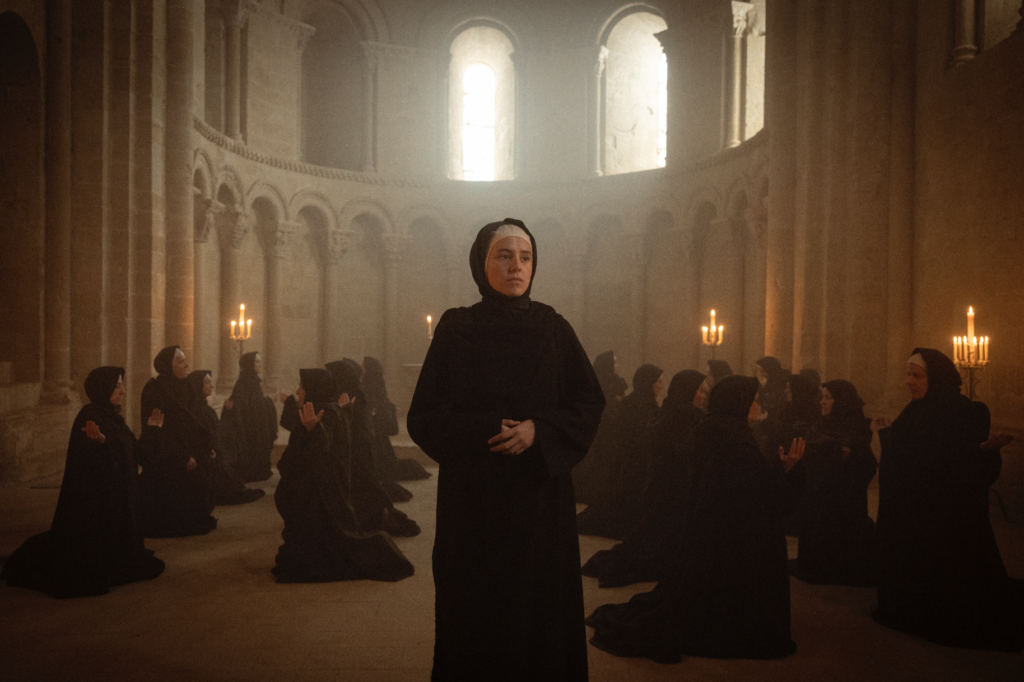
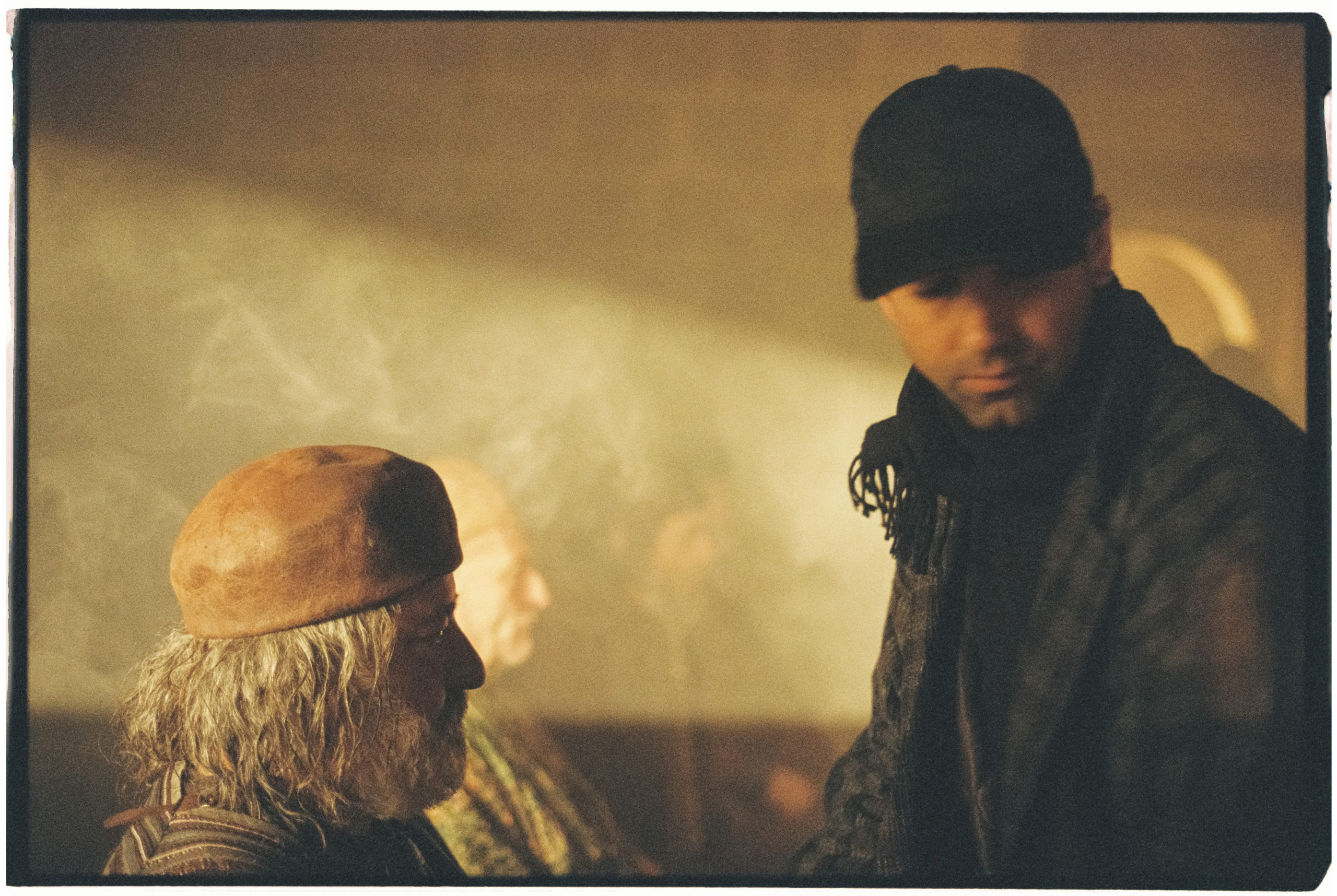
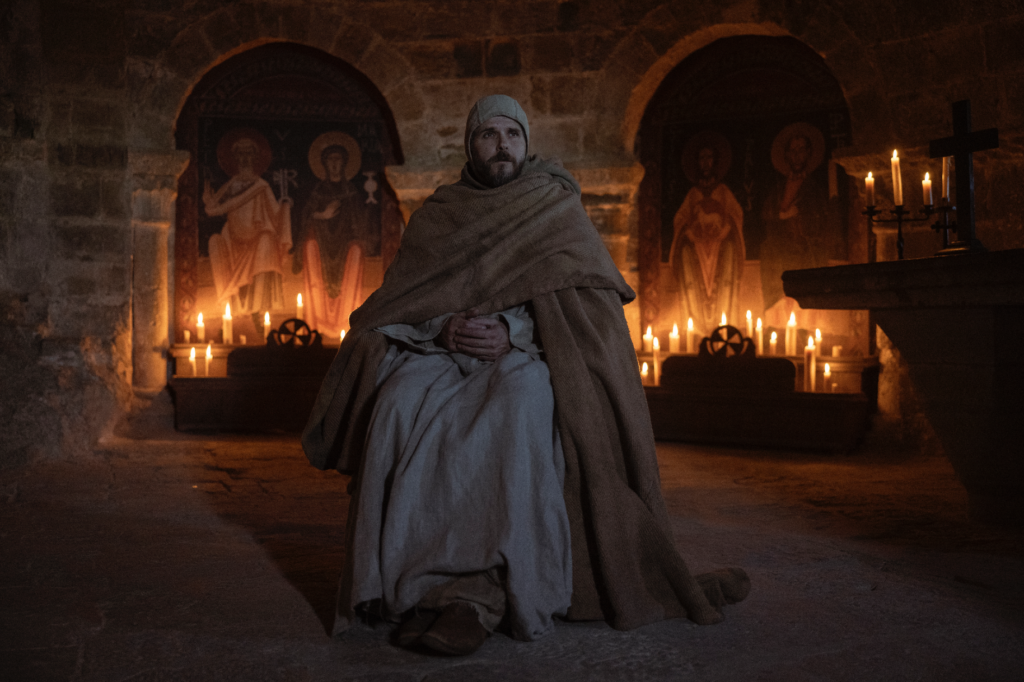
2- What was your experience working with Peris Costumes like and what challenges did you face during the production process?
There is a very funny anecdote, and that is that with the Peris seamstresses/sewing team we had to practice imperfect and rough seams, as they were always perfect, like the great professionals they are. We debated between the finishes of the 20th century and how they made the garments in a rough way and the perfection that was exuded in the convents at that time.

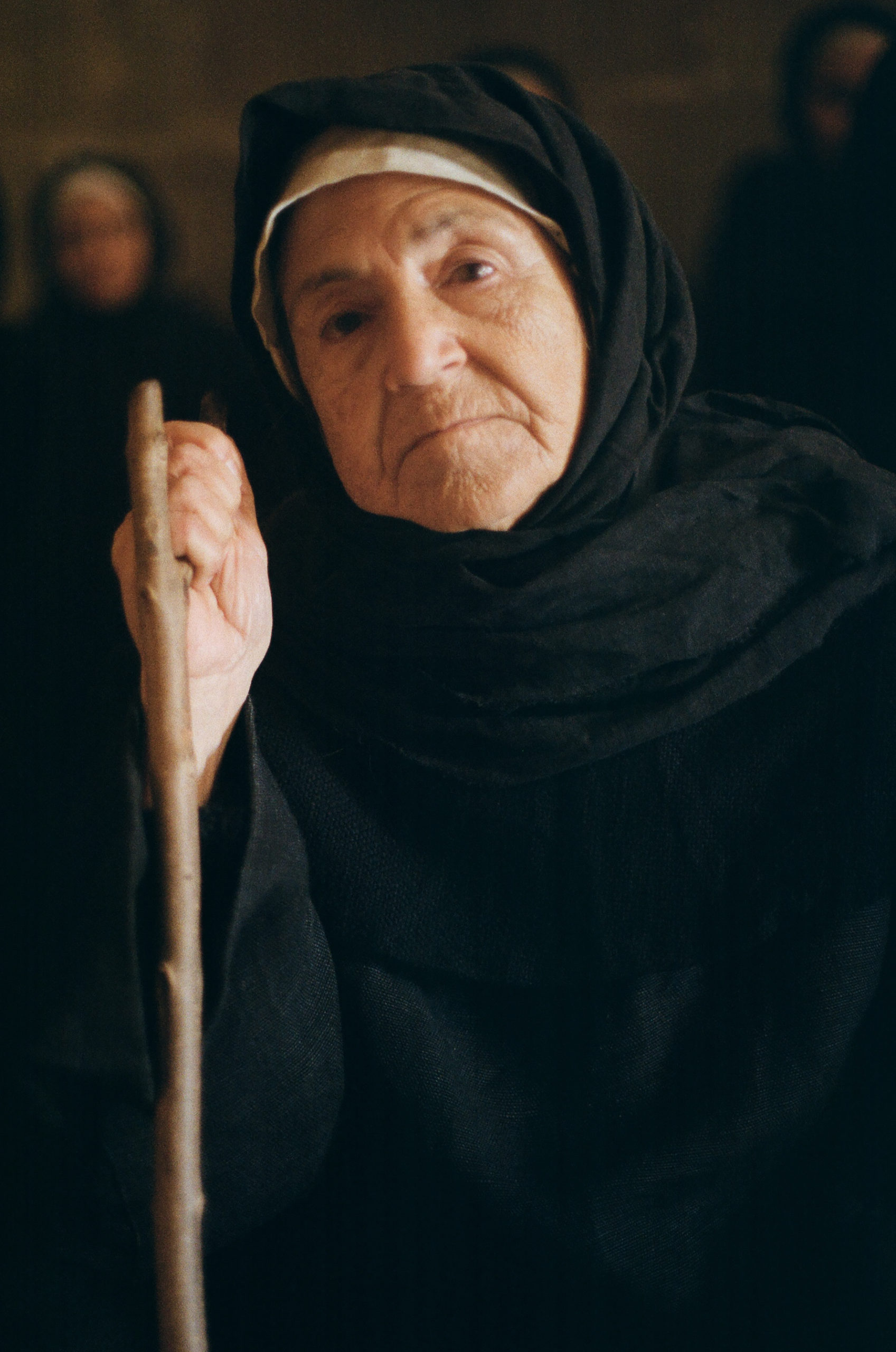
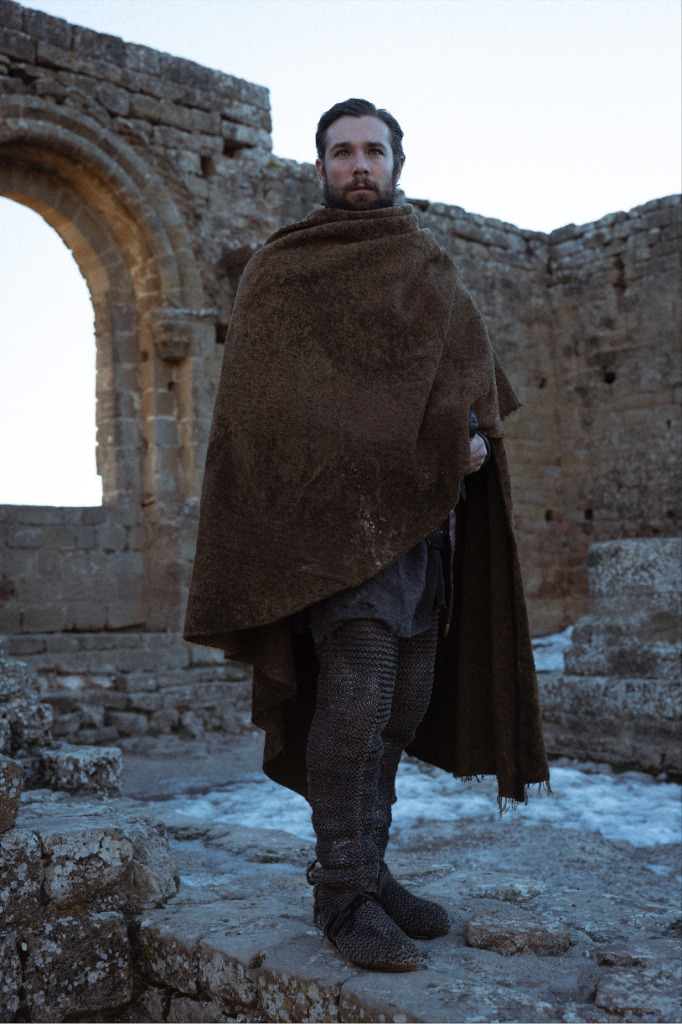
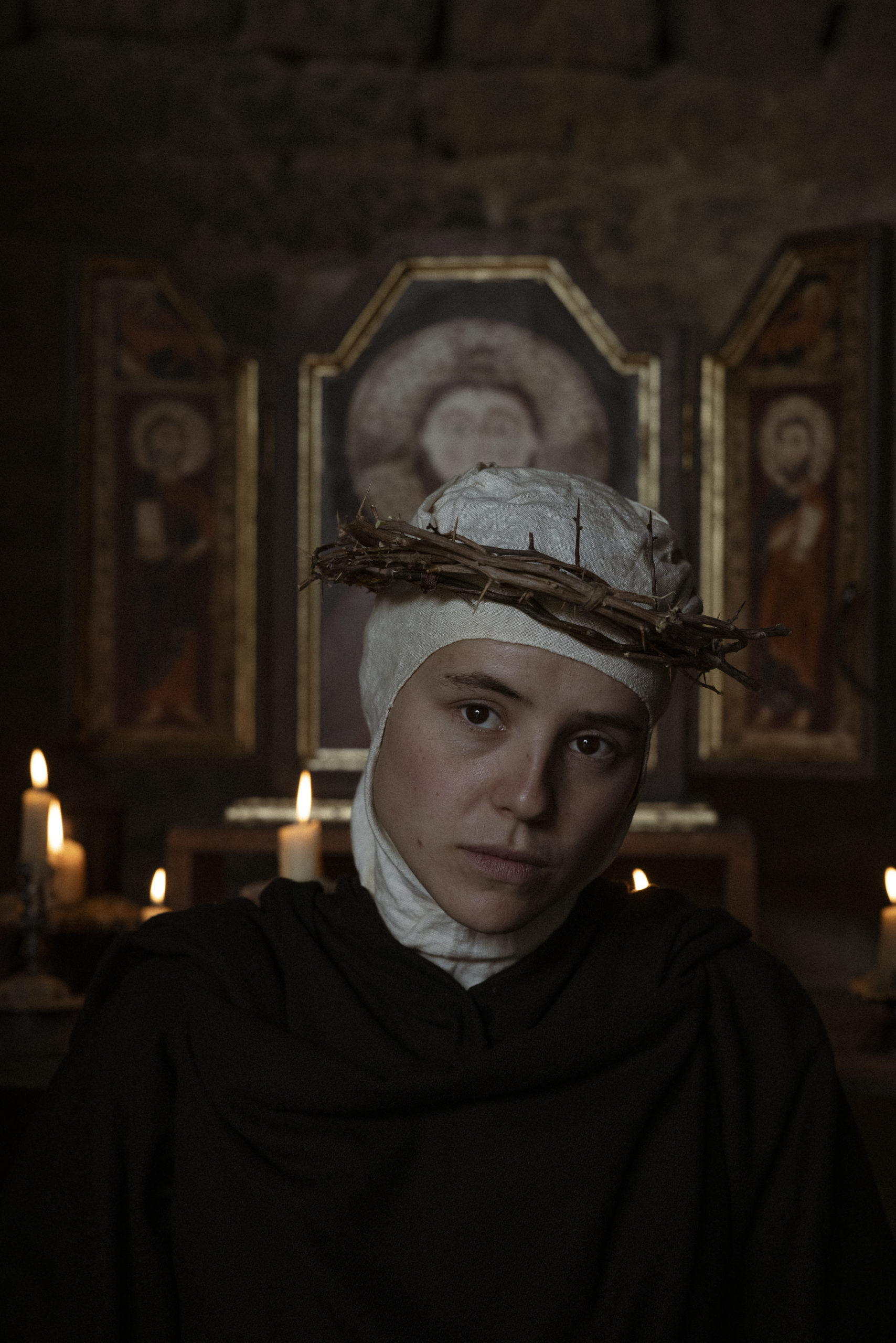
3- The Abbess is a central character in the film, how was her personality and character conveyed through her wardrobe? Were there any symbolic elements that were intentionally added to her clothing?
Being in a convent in decay and lacking resources, we designed for The Abbess and all the nuns a habit that was basically a large woollen cloth with a few seams and a few holes that they would wear differently during the film to convey what the character was going through. Working in a century so far away from ours, where they didn’t practically change clothes, it’s difficult to draw the evolution of a character. You have to go to minimal, suggestive and almost imperceptible details.

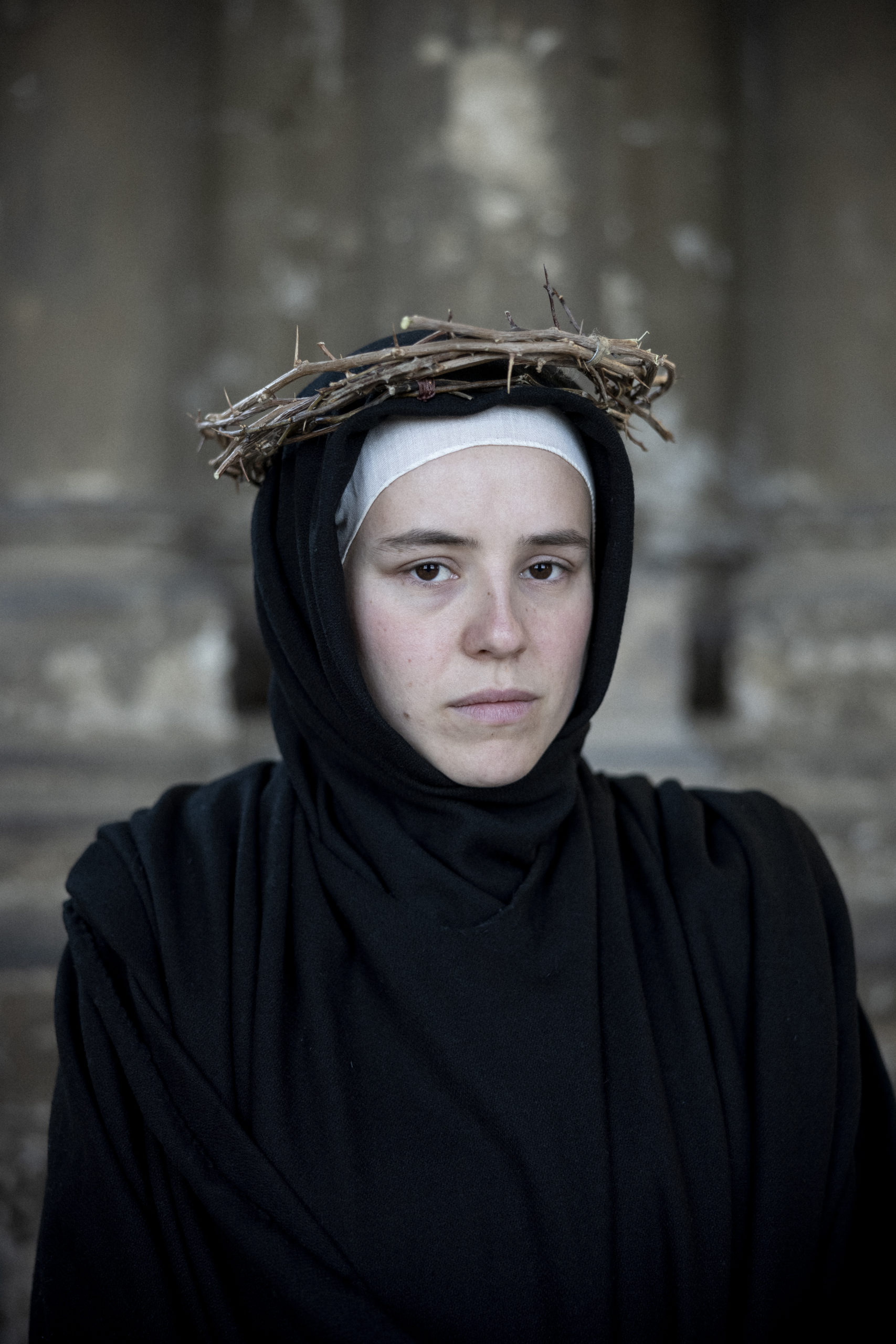
4- The film probably has scenes in different periods or contexts. How did you manage the stylistic coherence of the costumes throughout the film, especially taking into account the changes in the plot or the setting?
The film takes place over a stretch of about three years, so in that respect, the references we were dealing with were not very different from each other.
